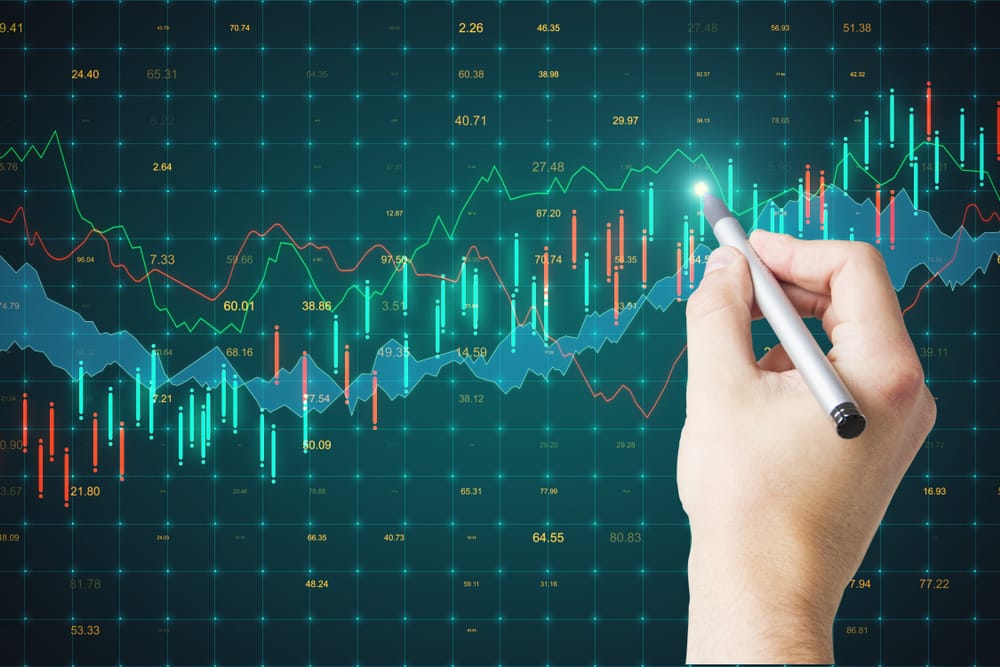Global Price Index of All Commodities
This dataset tracks global price index of all commodities over time.
Latest Value
162.93
Year-over-Year Change
-28.77%
Date Range
1/1/2003 - 4/1/2025
Summary
The Global Price Index of All Commodities measures the average price changes for a broad basket of global commodity exports. It is a key indicator of inflationary pressures and global trade dynamics.
Analysis & Context
This economic indicator provides valuable insights into current market conditions and economic trends. The data is updated regularly by the Federal Reserve and represents one of the most reliable sources for economic analysis.
Understanding this metric helps economists, policymakers, and investors make informed decisions about economic conditions and future trends. The interactive chart above allows you to explore historical patterns and identify key trends over time.
About This Dataset
This index tracks the weighted average price changes for a diverse set of globally traded commodities, including energy, metals, and agricultural products. It is used by economists and policymakers to assess broad trends in international trade and the potential for spillover effects on domestic economies.
Methodology
The data is compiled by the International Monetary Fund based on market prices for a representative sample of globally traded commodities.
Historical Context
The Global Price Index of All Commodities is closely monitored by central banks, trade organizations, and market analysts for insights into the state of the global economy.
Key Facts
- The index has a base year of 2016.
- Commodities are weighted by their share of global trade.
- The index reached an all-time high in March 2022.
FAQs
Q: What does this economic trend measure?
A: The Global Price Index of All Commodities measures the average price changes for a broad basket of globally traded commodities, including energy, metals, and agricultural products.
Q: Why is this trend relevant for users or analysts?
A: This index is a key indicator of inflationary pressures and global trade dynamics, and is closely monitored by central banks, trade organizations, and market analysts for insights into the state of the global economy.
Q: How is this data collected or calculated?
A: The data is compiled by the International Monetary Fund based on market prices for a representative sample of globally traded commodities.
Q: How is this trend used in economic policy?
A: The Global Price Index of All Commodities is used by economists and policymakers to assess broad trends in international trade and the potential for spillover effects on domestic economies.
Q: Are there update delays or limitations?
A: The index is updated quarterly by the IMF, with a potential for some delay in the release of the latest data.
Related News

US economic growth slows amid rising inflation concerns
US Economic Growth Slows Amid Inflation and Rising Interest Rates The US economy, a crucial indicator of its global standing, is facing a slow growth trajectory. Recent data suggest that inflationary pressures and rising interest rates are the chief culprits in this deceleration. With the Consumer Price Index reflecting heightened inflation and the Federal Reserve adjusting interest rates, the interplay of these factors raises significant concerns for economic stability. These developments furt

U.S. Stocks Hit Records; Gold Surges, Bitcoin Declines
U.S. Stock Market Soars Amid Treasury Yield Concerns Despite ongoing global uncertainties, the U.S. stock market has defied expectations, setting unprecedented records this year. The surge of the stock indices reflects the market's buoyancy despite economic fluctuations. Major indicators like the Dow Jones, S&P 500, and Nasdaq have all reached new highs, signifying the resilience of equities in the current financial landscape. Meanwhile, gold prices have surged, reinforcing its status as a safe

S&P 500 hits record as U.S. producer prices fall
S&P 500 Reaches Record High as U.S. Producer Prices Decline The S&P 500 reaching a record high suggests a notable moment in market history, particularly as the U.S. Producer Price Index (PPI) shows a downward trend. The link between the stock markets and producer prices demonstrates how interconnected these financial indicators can be. Falling PPI numbers might seem positive, yet they can signal underlying market changes. These shifts invite investors to recalibrate their approaches in response

US Fed rate cut depends on upcoming CPI inflation report
How the CPI Inflation Report Could Shape the Next Fed Rate Cut Decision The Consumer Price Index (CPI) inflation report plays a vital role in shaping U.S. economic policy, particularly concerning the Federal Reserve's decisions. As the primary measure of inflation for urban consumers, understanding CPI figures can steer expectations about potential rate cuts. This report influences a host of financial metrics including interest rates, US inflation, and the overall health of financial markets. A

U.S. Treasury yields fall after unexpected PPI decline
Exploring the Impact of Treasury Yields After an Unexpected PPI Decline Treasury yields have seen a noticeable decline following an unforeseen drop in the Producer Price Index (PPI), which signals a shift in economic expectations. Treasury yields, reflecting the return on investment for U.S. government bonds, serve as key indicators of economic health. An unexpected decline in the PPI, a measure of wholesale inflation, has led to immediate implications on these yields. This also puts the spotli

U.S. Home Sales Decline In August Due To High Prices
August 2023 U.S. Home Sales Decline Amid Rising Mortgage Rates and High Prices In August 2023, U.S. home sales experienced a notable decline, highlighting a distressing trend in the housing market. Homeownership is more costly these days. High home prices and soaring 30 year mortgage rates, combined with limited housing inventory, pose significant challenges for potential buyers and cast a shadow on economic recovery efforts. Many potential homebuyers find themselves increasingly priced out of
Related Trends
Consumer Price Index for All Urban Consumers: All Items in U.S. City Average
CPIAUCNS
Capacity Utilization: Total Index
TCU
Commercial and Industrial Loans, All Commercial Banks
TOTCI
Share of Foreign Born in Home Owners Loan Corporation (HOLC) Neighborhood A
RLMSHFBHOLCNA
Home Ownership Rate in Home Owners Loan Corporation (HOLC) Neighborhood C
RLMSHHORHOLCNC
Share of Foreign Born in Home Owners Loan Corporation (HOLC) Neighborhood C
RLMSHFBHOLCNC
Citation
U.S. Federal Reserve, Global Price Index of All Commodities (PALLFNFINDEXQ), retrieved from FRED.